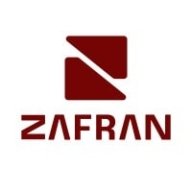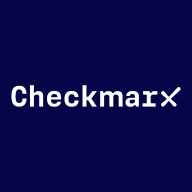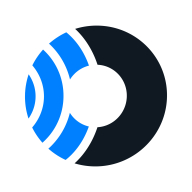


Checkmarx One and Orca Security are leading solutions in detecting and managing security vulnerabilities, particularly in software development and cloud environments. Checkmarx One appears to have an edge with its comprehensive code analysis tools while Orca Security offers unique cloud environment visibility.
Features: Checkmarx One provides robust tools such as SAST to detect vulnerabilities without code compilation and supports various programming languages with integration into major repositories. Orca Security features agentless SideScanning technology, enhancing visibility in cloud environments and excels in cloud security posture management.
Room for Improvement: Checkmarx One could benefit from reducing false positives, expanding its language support, and improving integration capabilities and pricing models. Orca Security may improve by enhancing data center capabilities, offering more automatic remediation options, and easing third-party tool integration.
Ease of Deployment and Customer Service: Checkmarx One offers flexible deployment, including on-premises and hybrid cloud, with mixed reviews on response times and pricing clarity. Orca Security is designed for public cloud environments with agentless integration, receiving praise for its responsive customer support.
Pricing and ROI: Checkmarx One is a significant investment with substantial ROI from early issue detection, though users desire a more transparent licensing model. Orca Security is less expensive than some competitors with its cloud workload pricing model, though considered high for smaller companies. Both emphasize security investment with ROI from improved protection and efficiency.
| Product | Market Share (%) |
|---|---|
| Orca Security | 3.7% |
| Zafran Security | 1.0% |
| Checkmarx One | 1.2% |
| Other | 94.1% |



| Company Size | Count |
|---|---|
| Small Business | 30 |
| Midsize Enterprise | 9 |
| Large Enterprise | 38 |
| Company Size | Count |
|---|---|
| Small Business | 9 |
| Midsize Enterprise | 7 |
| Large Enterprise | 5 |
Zafran Security integrates with existing security tools to identify and mitigate vulnerabilities effectively, proving that most critical vulnerabilities are not exploitable, optimizing threat management.
Zafran Security introduces an innovative operating model for managing security threats and vulnerabilities. By leveraging the threat exposure management platform, it pinpoints and prioritizes exploitable vulnerabilities, reducing risk through immediate remediation. This platform enhances your hybrid cloud security by normalizing vulnerability signals and integrating specific IT context data, such as CVE runtime presence and internet asset reachability, into its analysis. No longer reliant on patch windows, Zafran Security allows you to manage risks actively.
What are the key features of Zafran Security?
What benefits can users expect from Zafran Security?
In industries where security is paramount, such as finance and healthcare, Zafran Security provides invaluable protection by ensuring that only exploitable vulnerabilities are addressed. It allows entities to maintain robust security measures while allocating resources efficiently, fitting seamlessly into existing security strategies.
Checkmarx One is an enterprise cloud-native application security platform focused on providing cross-tool, correlated results to help AppSec and developer teams prioritize where to focus time and resources.
Checkmarx One offers comprehensive application scanning across the SDLC:
Checkmarx One provides everything you need to secure application development from the first line of code through deployment and runtime in the cloud. With an ever-evolving set of AppSec engines, correlation and prioritization features, and AI capabilities, Checkmarx One helps consolidate expanding lists of AppSec tools and make better sense of results. Its capabilities are designed to provide an improved developer experience to build trust with development teams and ensure the success of your AppSec program investment.
Orca Security provides comprehensive security management with agentless visibility and SideScanning technology, ensuring efficient threat detection without performance impact.
Orca Security offers agentless visibility across multi-cloud environments, streamlining security management with features like SideScanning technology and centralized security tools. It focuses on automation, vulnerability management, and compliance checks, enhancing a company's security posture with real-time alerts and integrated threat detection. Its intuitive interface prioritizes critical issues, making it suitable for managing DevSecOps processes efficiently.
What are the key features of Orca Security?Companies in industries such as finance, healthcare, and technology leverage Orca Security for cloud security posture management, ensuring compliance with standards and securing applications and databases. Its agentless approach provides comprehensive visibility across AWS, GCP, and Azure, enhancing risk assessment and vulnerability management without impacting asset performance.
We monitor all Vulnerability Management reviews to prevent fraudulent reviews and keep review quality high. We do not post reviews by company employees or direct competitors. We validate each review for authenticity via cross-reference with LinkedIn, and personal follow-up with the reviewer when necessary.